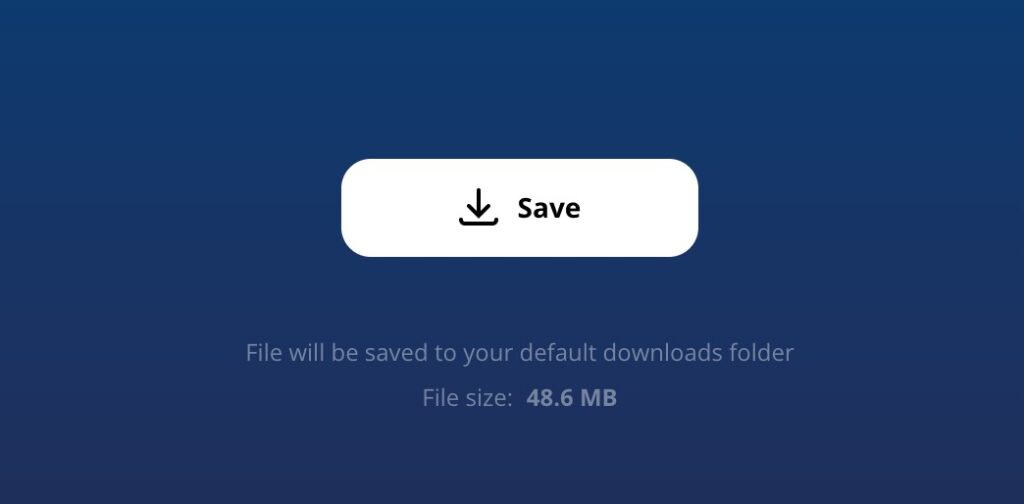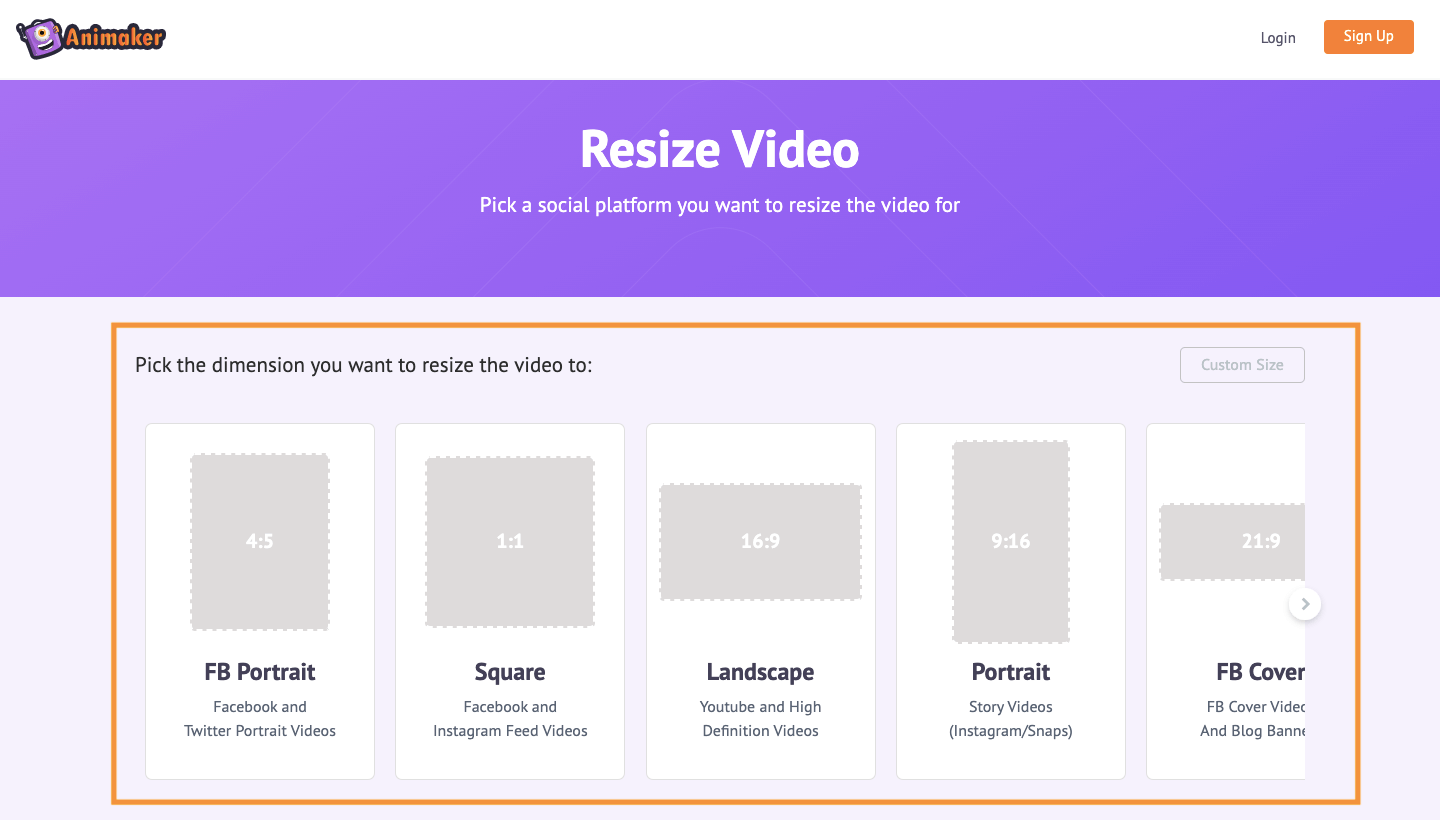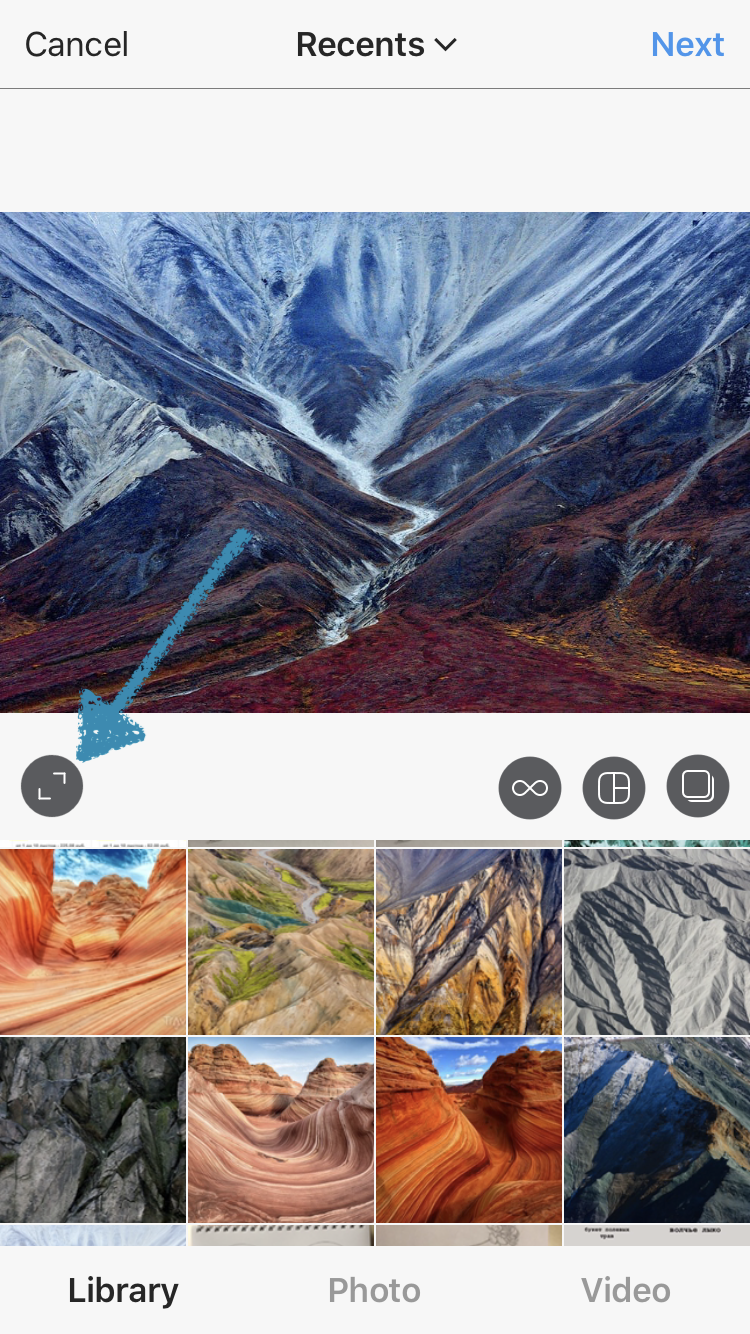
For whatever social media channel you plan on posting to, the key to an effective and edit-less upload is to proof everything thoroughly prior to clicking that “share” button. It would stand to reason that ideally, the best editing advice is not to have to change in the first place.
#HOW TO CROP A VIDEO ON INSTAGRAM HOW TO#
But if you do want to know more about how to edit Instagram photos after posting… This way you won’t have to worry about going back and editing. Ideally, prior to posting anything, check your image and copy, double-check it, and yes, even triple-check it for accuracy and quality. Just be sure to weigh the plusses and minuses first. So to edit or not to edit…that’s totally your call. You will basically lose credit for the original 1000 users who did respond to your Instagram post. It’ll be like resetting the proverbial clock and starting from zero all over again. If you go back in and change and then repost, this effectively wipes out the progress you’ve thus far made. So let’s say within a couple of hours you’re already racked up over 1000 likes. Any content you post is ranked according to engagement rates. That is to say, in terms of ranking and gaining exposure for a given post perhaps you should just let it lie in a manner of speaking. The second school of thought on how to edit photos on Instagram after posting is a bit more technical. Below are answers to a few of the more pressing questions regarding how to modify an Instagram post. Don’t panic! You can get back in there and rectify some mistakes. And yes, sometimes mistakes are made, typos can creep in, or perhaps the photo you posted doesn’t look as sharp as it could. Especially if you do have numerous followers -they are going to be seeing everything you decide you want your social media world to see. Of course, you want to put your best foot forward with anything you put on Instagram. Here is where some confusion lies for many, for example, whether or not you can add another picture, if you can change the text, or if you can adjust filters.

That said, one of the more common questions that tend to come up regarding Instagram posts involves the editing process after a photo or caption has been posted. That’s a lot of scrolling, engaging, and posting at any one given time. To date, there are over one billion users on the platform.

Instagram is a major force in the social media world. In this blog, we will take you through how to edit your post on Instagram as well as how to edit Instagram photos to look even better! Knowing how to edit a post on Instagram can make a world of difference to your engagement, and it’s not that complicated either. There are many reasons why you are wondering how to edit an Instagram post. Because we believe collaboration is the magic behind the movies.So you have just posted an Instagram photo or video, but you suddenly realize something is off, or you’ve had a better idea for your catchy caption? You find yourself wondering “Can you edit photos on Instagram after you’ve posted?”. Evercast allows you to stream your edit sessions in HD while video chatting and exchanging notes with your team, all under one platform. If you’re looking for a better way to bring your remote editing team closer together and collaborate more efficiently from a distance, check out Evercast. Hopefully, this guide and these handy tips can help you crop and resize your videos like a pro! You can use certain plugins to try to counteract this, but a good rule of thumb is only crop if you have the extra megapixels to spare and only as needed. If you crop too much, you'll lose resolution, and your cropped images will appear blurrier and lower-quality than the rest of your footage. Tip #3: Only crop what’s necessary, don’t go overboard. This will result in a better fit and no additional loss of the image when you resize to fit your sequence settings.

Tip #2: Try to crop as symmetrically as possible and in the same aspect ratio as your final frame. This will reduce the chances of image quality loss and result in a much more seamless final product. If you plan on exporting your project in 1080p, try to only crop clips that are at least 2k resolution or above. Tip #1: If possible, crop clips with a higher resolution than your intended final resolution.


 0 kommentar(er)
0 kommentar(er)
